Help
Community21 has selected some case study communities and projects to share across the network to inspire and inform others. Should we be featuring yours? If so get in touch.

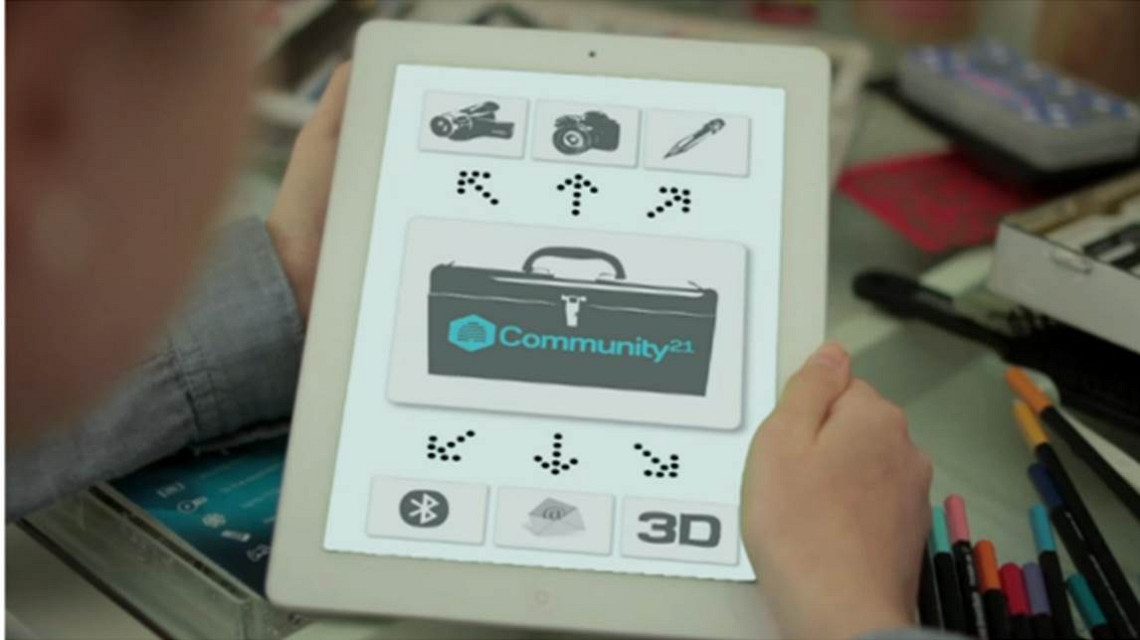
in 2012 we co-designed 'digi-tools' with young people to support the engagement of them and other young people in statutory neighbourhood planning processes.
The future belongs to young people - but how to get them engaged in the co-design and planning of the future of their neighbourhood? These tools and methods were developed by Community21 to deliver some answers based on research.
This project was developed by Community21 and Action in Rural Sussex and funded by The Nominet Trust.
Fuller descriptions and information are available here:
https://community21.org/toolbox/6626/
This video was created by Nick Gant from Community21 with generous support from Stephen Pipe and with some young people from the project.

Stakeholder orgs and young people got together with us at Community21 and Action in Rural Sussex to suss out what might help to get kids engaged in community planning (not the most exciting topic).
We used a range of co-design and co-making techniques to evolve a set of tools tested by peers.
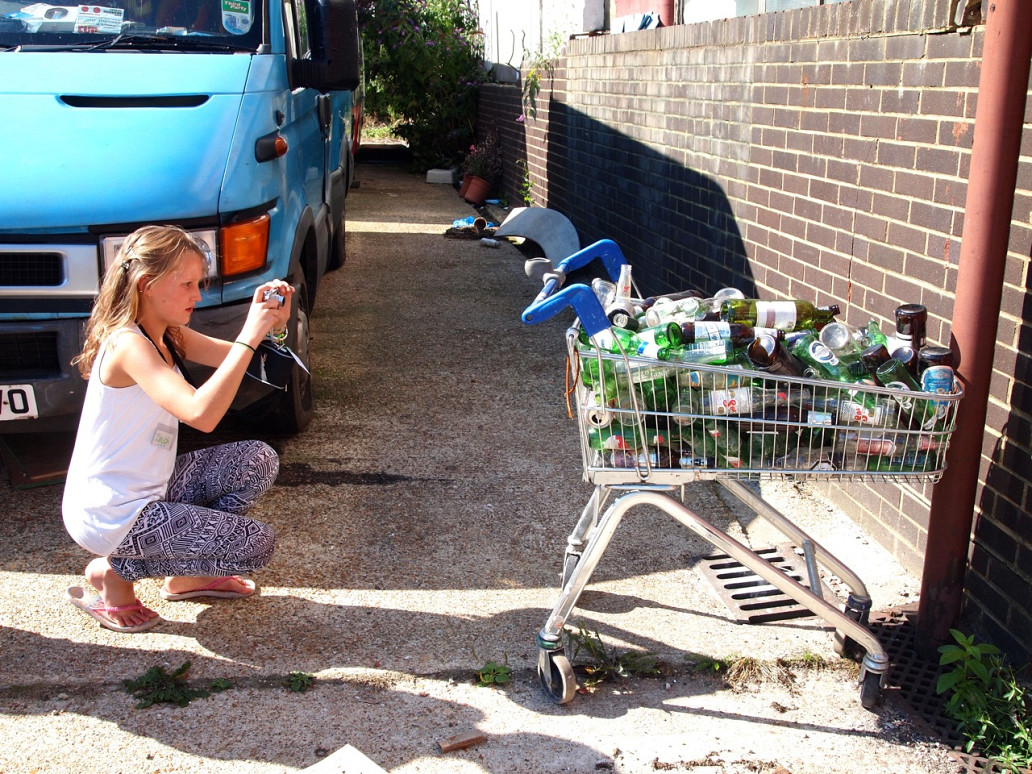
Testing digital devices - seen by the team as a possible means to increase engagement. Something that has subsequently been born out in our many engagement workshops with young people around the UK!
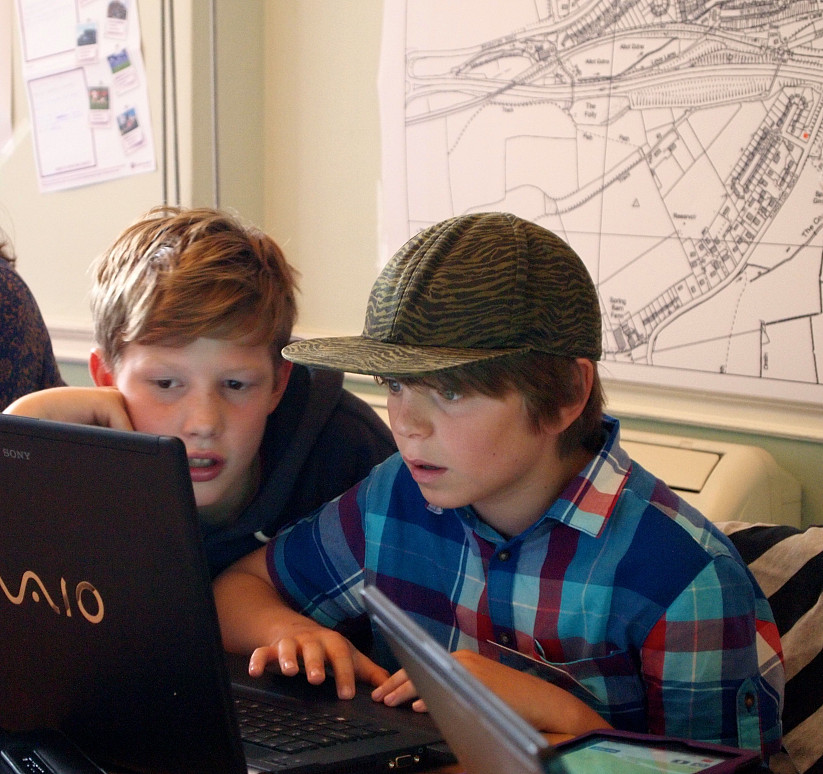
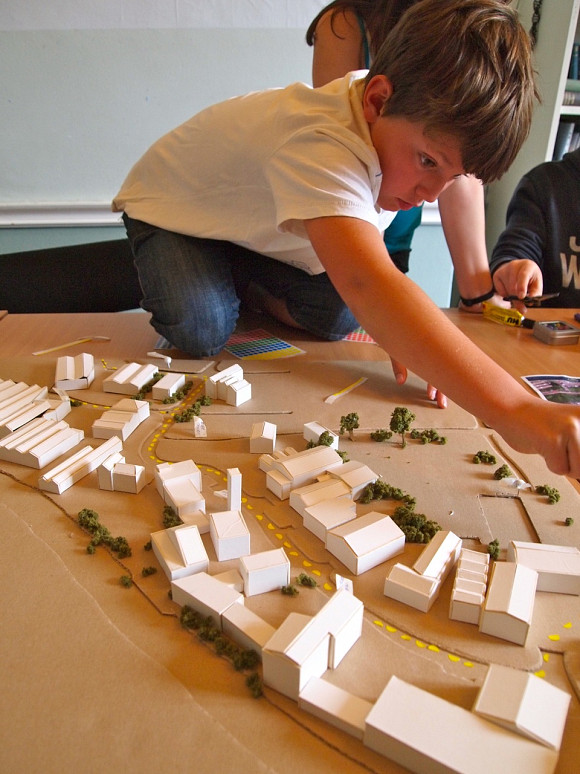
Young people testing both physical and digital methods for planning and spatial representation. In this case a physical model verses sketch-up (3D modelling software).
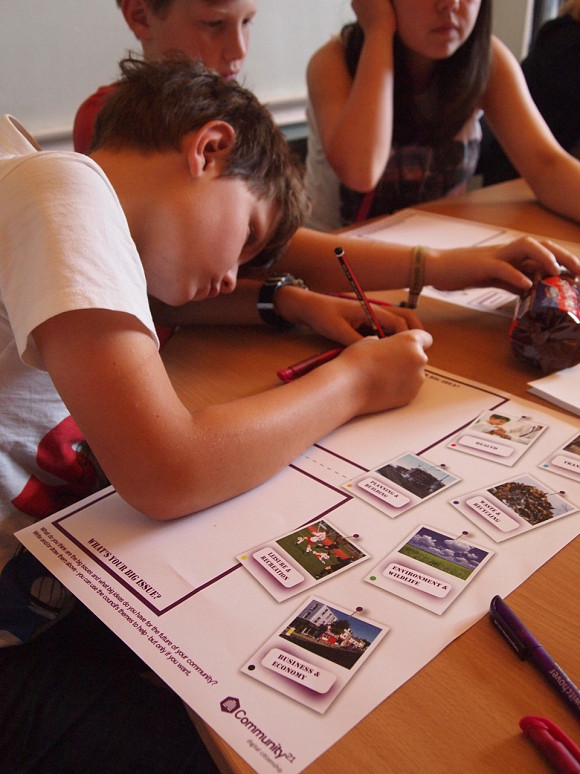
Providing prompt sheets proved helpful in breaking the ice and getting started without too much steer around issues that might relate to planning.
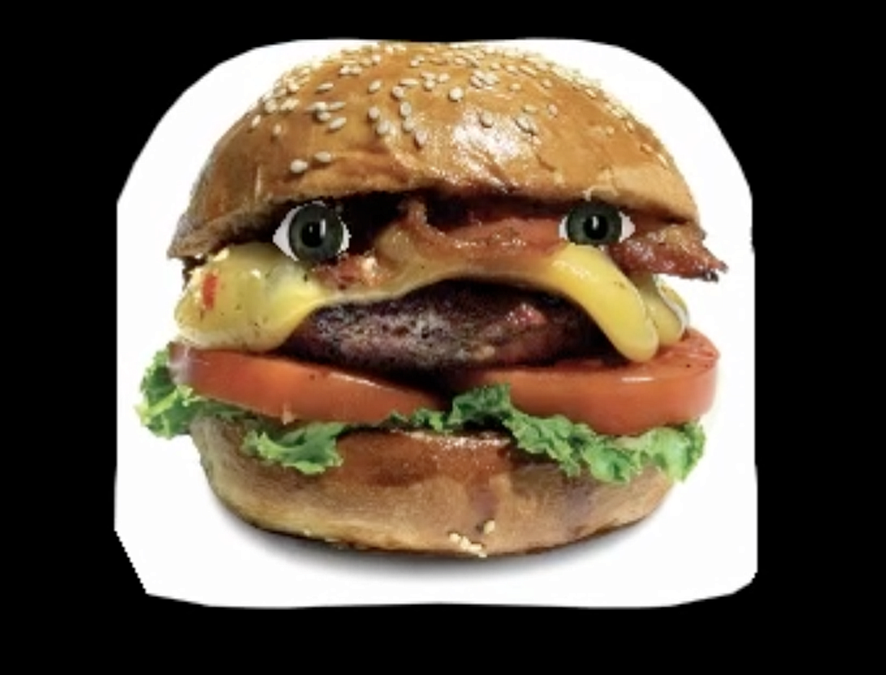
Collaborative creativity led to the development of this process that has proven to be really useful in meeting the needs of our young persons digital engagement framework.(See research for more info).
By animating almost anything into a character a range of affordances are offered to enable young people to present their views in a role-play / characterisation that is fun and anonymous. In this case a burger to advocate a burger bar. They take seconds to produce are really funny but deliver serious messages. Quick, fun, interactive, quick feedback and sharable.
We have subsequently found this to be useful in a range of settings beyond planning, including highly personal issues and expressing views and sharing issues relating to mental health.
(See video)
More in-depth info here:
https://community21.org/toolbox/6626/6629

Trailing augmented reality in combination with maps to contain site specific data and visions and opinions created on animations and video apps. To then be triggered by smart devices.
One of our undergrad researchers Joe Palmer working on the project started to consider the use of Minecraft as a tool for use in the planning process. Subsequently he has gone on with fellow student Megan to set up BlockBuilders a social enterprise specialising in using this research to engage young people in planning.
Here you can see our first workshop testing the process with our young people.

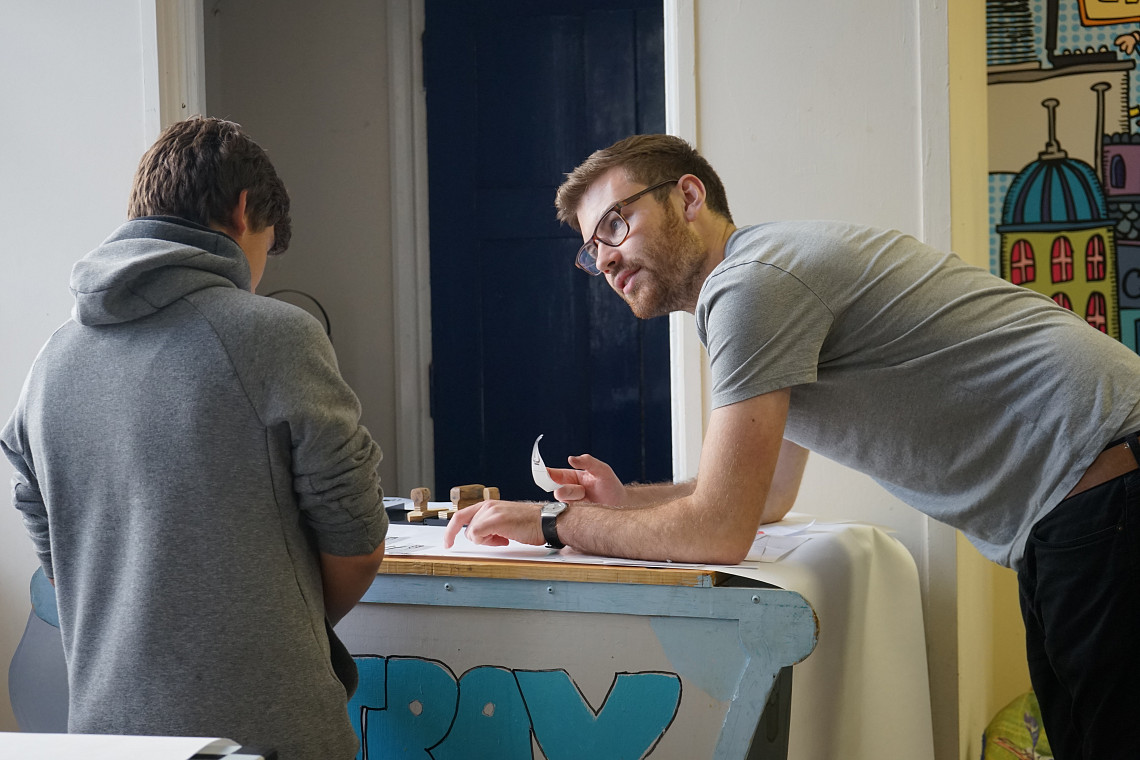
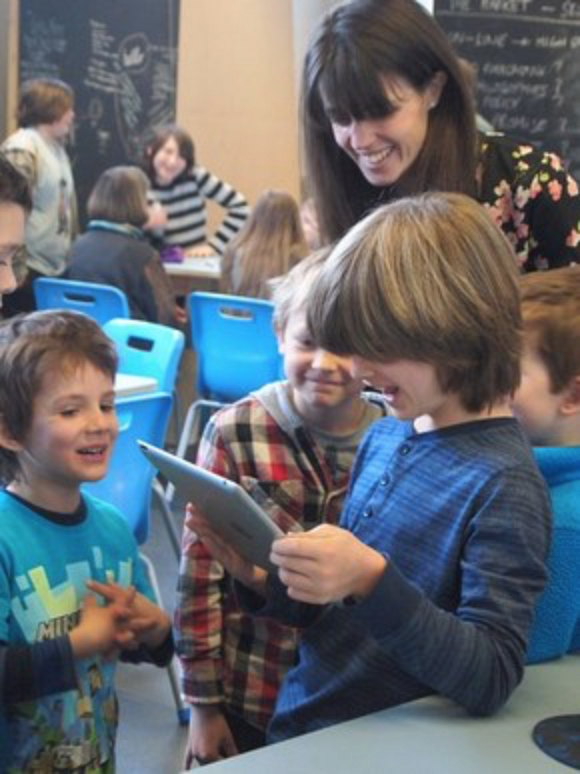
This project formed a substantial body of research and contributed to three PHD studies. It involved undergrad, postgraduate masters as well as doctoral students.
This included a fully funded collaborative doctoral award funded by The Arts and Humanities Research Council (AHRC) entitled Envisioning the Future Village. This was successfully completed by (Dr) Kelly Duggan who is now applying her knowledge at NESTA.
Joe Palmer who as well as developing his methods using Minecraft has worked on a number of elements of this study and having completed his BA (Hons)on 3D Design at Brighton and then his Masters in sustainable Design with us, gaining a distinction is now undertaking a fully funded PHD.
We have published a number of papers related to this ongoing study at international conferences and in journals - these mostly relate to the role of co-design in the design of digital (and making) tools and methods geared towards young people.